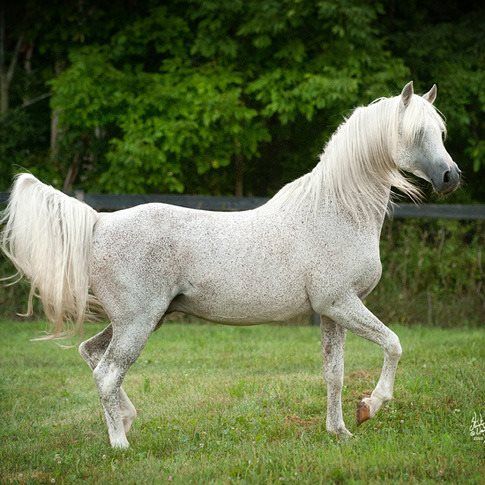
Training and riding horses is both an art and a science. It requires not only technical knowledge and consistency but also empathy, patience, and a deep understanding of equine behavior. Whether you’re working with a green colt or refining the skills of a seasoned riding partner, the goal is always the same: to build a confident, willing, and happy horse. In this article, we’ll explore proven techniques that professional trainers use to create smarter, more responsive, and well-adjusted horses—while keeping training ethical, enjoyable, and effective.


1. Understanding the Horse’s Mind
Before any training begins, it’s crucial to understand how horses think and learn. Horses are prey animals, which means they are hardwired for flight over fight. Their primary instinct when faced with fear or confusion is to run. Successful training respects this instinct rather than suppressing it.
Key Points of Equine Psychology:
- They learn by association: Horses connect actions with outcomes. If pulling on the reins consistently means stopping, they learn to associate the pressure with the desired response.
- Pressure and release: One of the most effective ways to communicate with horses. Apply gentle pressure to request a movement; release it the moment they try. The release is the reward.
- Repetition builds memory: Horses don’t understand language like humans, but they learn through consistent, repeated patterns.
- They read your body: Horses are masters of body language. Your posture, breathing, and emotions influence their behavior.
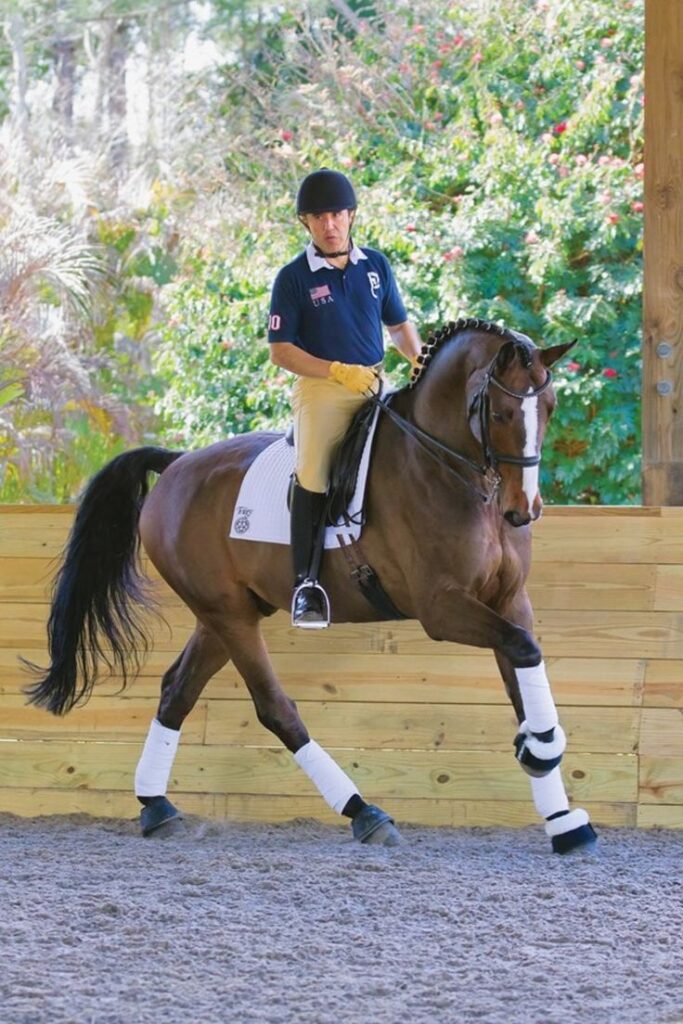
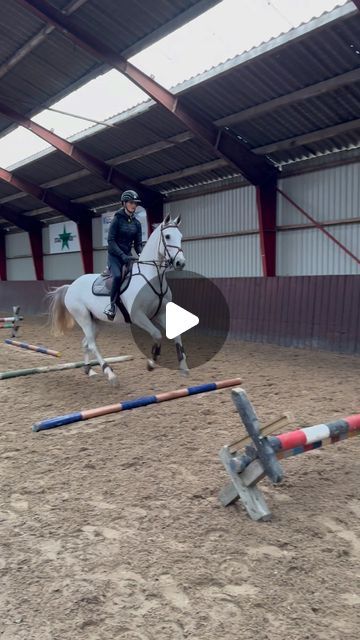
2. Building a Foundation: Groundwork First
Professional trainers often say, “If you can’t control a horse on the ground, you won’t control it in the saddle.” Groundwork establishes leadership, respect, and communication without the added complexity of a rider.
Essential Groundwork Exercises:
- Leading with respect: Your horse should walk beside you, not ahead or behind, stopping when you stop.
- Yielding to pressure: Practice moving the horse’s forequarters and hindquarters with a light touch or motion of your body.
- Desensitization: Introduce your horse to flags, tarps, and various stimuli in a controlled way. This builds confidence and reduces spookiness.
- Lunging: Done correctly, lunging helps reinforce cues, build fitness, and establish focus.


3. Saddle Time: From Basics to Brilliance
Once groundwork is solid, riding can begin. Whether you’re teaching a horse to carry a rider or refining advanced movements, clarity and consistency are key.
Starting Under Saddle:
- Keep sessions short and positive: For young or green horses, 20–30 minute rides are plenty.
- Teach the “go” cue: Light leg pressure means move forward. Always start with the softest cue and increase only as necessary.
- Use one cue at a time: Don’t overwhelm your horse. Ask, wait, and reward.
- Introduce steering: Use direct rein pressure and leg aids to guide. Reward even small attempts to turn.
Progressing to Advanced Work:
- Lateral movements: Teach leg yields, shoulder-in, and haunches-in to improve flexibility and responsiveness.
- Transitions: Practice frequent walk-trot-canter transitions to improve engagement and listening.
- Softness and collection: Encourage the horse to stay round and on the bit by riding from your seat and legs into a soft hand.
Remember: every horse learns at a different pace. Rushing through stages often creates resistance and confusion.


4. Timing: The Trainer’s Superpower
One of the biggest differences between amateur and professional trainers is timing. Horses live in the moment. Rewarding or correcting even one second too late can result in miscommunication.
Tips to Improve Timing:
- Watch for the try: As soon as your horse attempts the right answer, reward. Don’t wait for perfection.
- Be consistent: Always reward the same behavior and correct the same mistake.
- Use your voice: A soothing “good” or “yes” can become a powerful marker of correct behavior.
The more precise your timing, the faster your horse will learn.
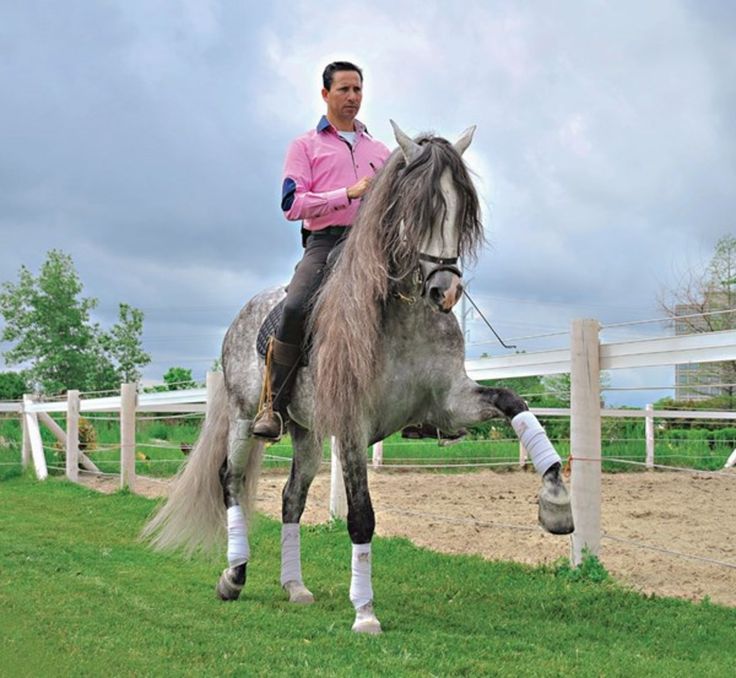

5. Keep Training Fun: Mental and Physical Variety
Like people, horses thrive on mental stimulation. Doing the same arena drills day after day can lead to boredom or resistance.
Add Variety With:
- Trail rides: Build confidence and expose horses to new environments.
- Obstacle courses: Use poles, cones, tarps, and water to challenge your horse in a fun way.
- Cavaletti and small jumps: Encourage focus, balance, and coordination.
- Liberty work: Engage with your horse in a round pen or paddock without ropes or tack. This deepens trust and connection.
A well-rounded horse is a more willing and enthusiastic partner.


6. Solve Problems with Patience
Every horse will face training challenges—whether it’s refusing to load in a trailer, spooking at a corner, or resisting the bit. The key is to address the cause, not just the symptom.
Problem-Solving Approach:
- Stop and assess: Ask why the behavior is happening. Is the horse scared, confused, or in pain?
- Break it down: Simplify the task. For trailer loading, start with leading over tarps or walking near the trailer.
- Reward small steps: Don’t expect full success at once. Progress happens incrementally.
- Stay calm: Frustration only escalates problems. Your horse looks to you for leadership, especially during stress.
Professional trainers know that setbacks are just part of the journey.

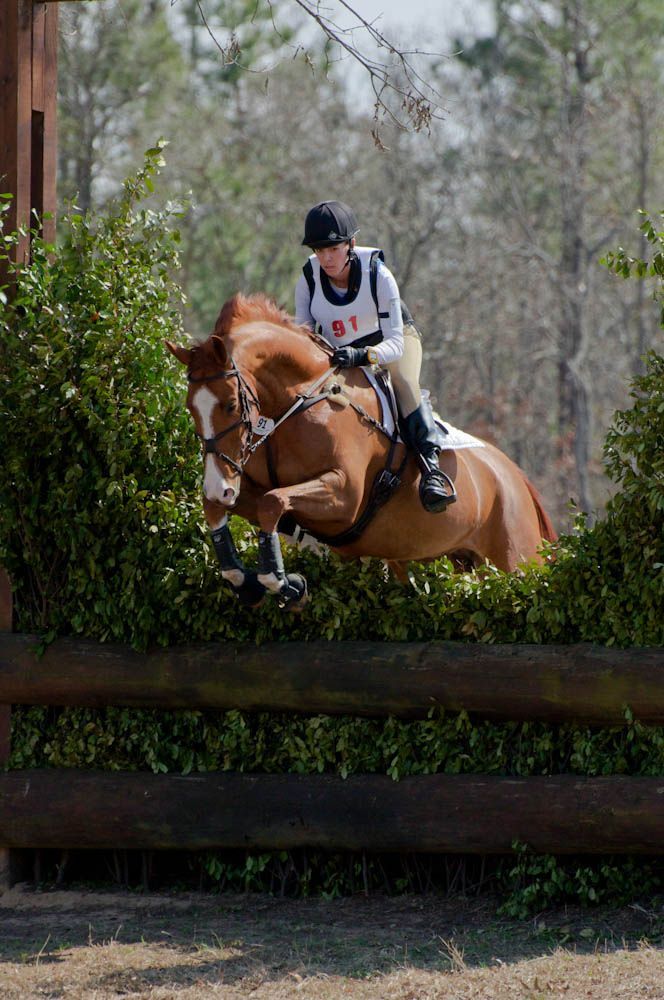
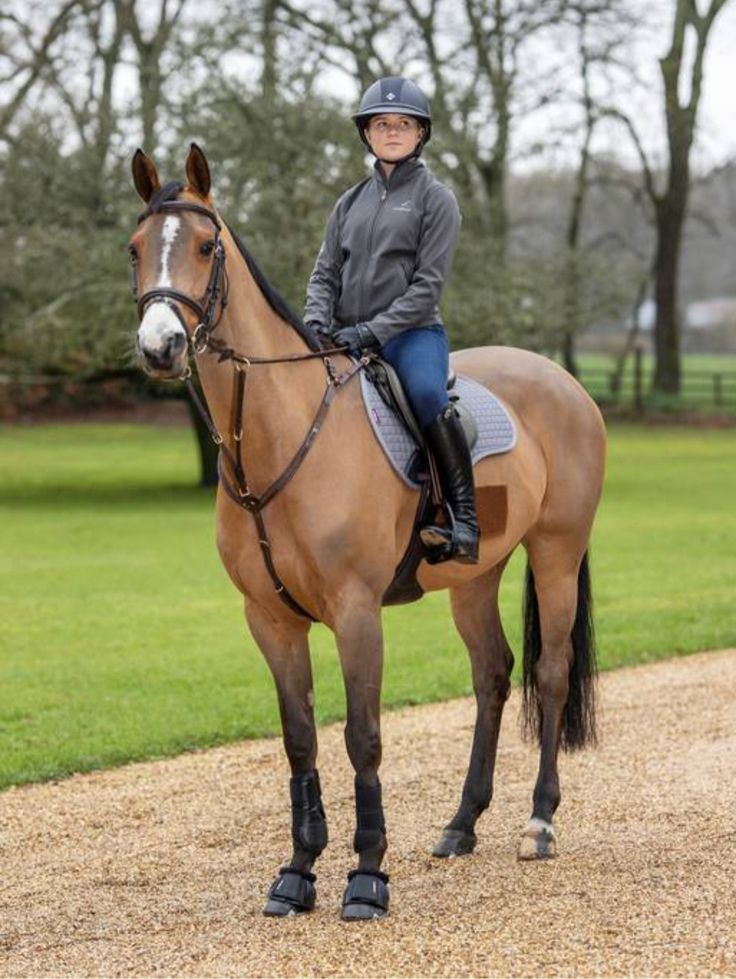

7. Use Tools Ethically and Thoughtfully
Training tools can be helpful when used correctly—but damaging when used to shortcut true understanding. Whips, spurs, bits, and training gadgets are not substitutes for good horsemanship.
Best Practices:
- Choose tack that fits and is appropriate for the job
- Avoid punishment: Correct unwanted behavior with clear cues, not force
- Educate yourself: Understand the mechanics of tools before using them
- Less is more: A light cue should be all that’s needed with proper training
Remember, the goal is partnership, not control.


8. The Rider’s Role: Train Yourself, Too
Your horse’s performance is directly tied to your own skill. Unbalanced riding, unclear cues, or emotional inconsistency can confuse even the best-trained horse.
Sharpen Your Riding:
- Take lessons: Even professionals seek coaching to stay sharp.
- Improve your seat: Work on riding from your core with independent hands.
- Stay emotionally neutral: Horses mirror your energy. Stay calm, focused, and present.
If you’re asking your horse to improve, you should be committed to doing the same.
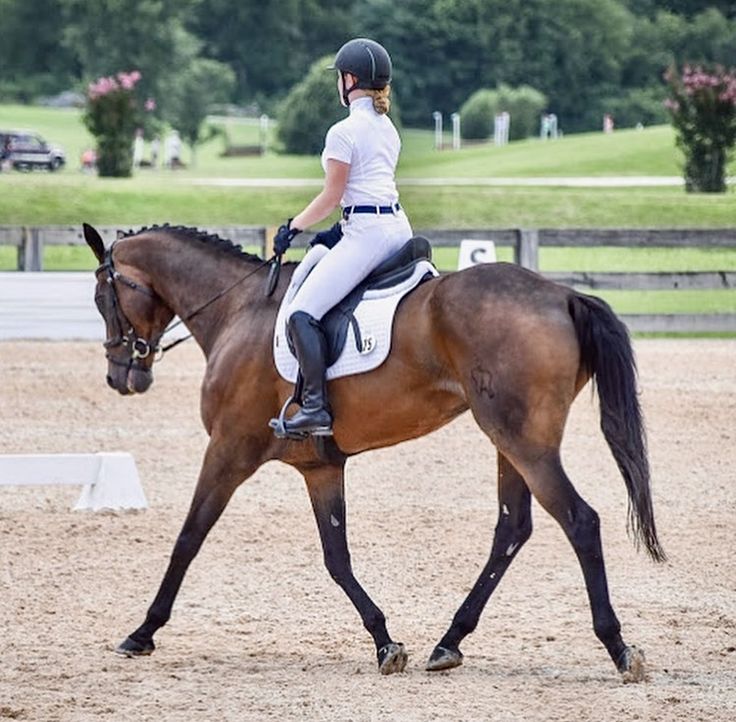
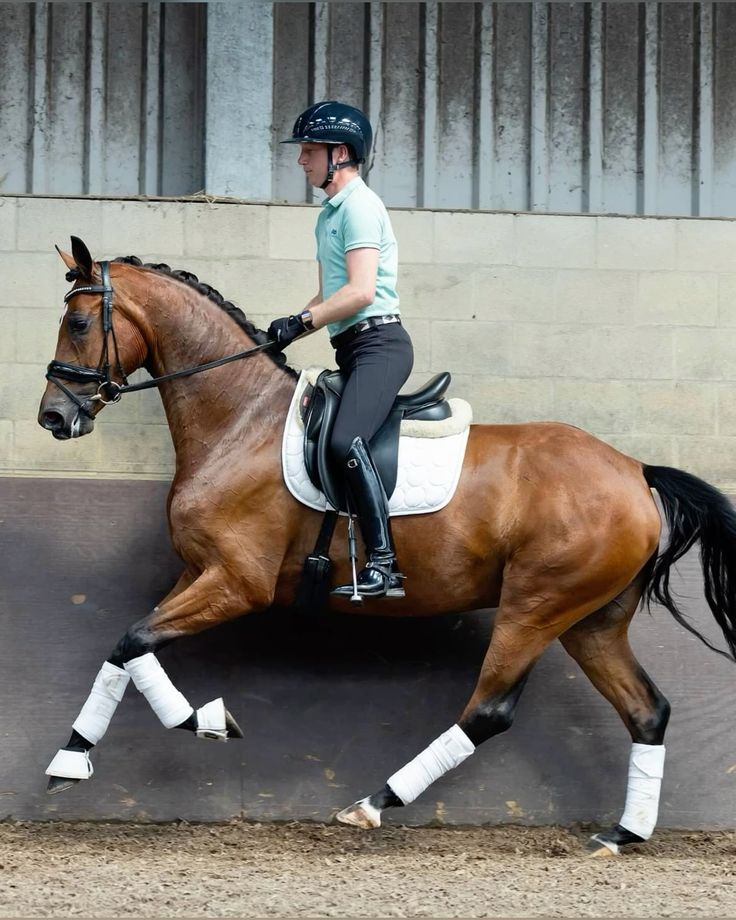


9. Listen to Your Horse
Professional trainers pay close attention to what the horse is communicating. Ear position, eye softness, body tension, and movement can tell you a lot about how the horse feels.
Signs of a Happy, Engaged Horse:
- Soft eyes and mouth
- Ears relaxed or flicking toward you
- Willing movement and forward energy
- Relaxed tail and rhythm
Signs of Stress or Confusion:
- Tail swishing, pinned ears
- Head tossing or resisting the bit
- Stopping, balking, or bolting
- Grinding teeth or excessive sweating
If your horse is showing signs of distress, it’s your job to slow down, reassess, and make the task clearer.




10. Progress, Not Perfection
True training is a journey, not a checklist. Even the best horses have good days and bad days. Progress is measured in small steps: a softer transition, a calmer reaction, a more willing attitude.
Final Pro Tips:
- Celebrate the little wins: Every “try” from your horse matters.
- Rest often: Horses process information during downtime.
- End on a good note: Quit the session once you get the response you want.
Ultimately, the best riders and trainers are those who cultivate trust, consistency, and mutual respect with their horses.


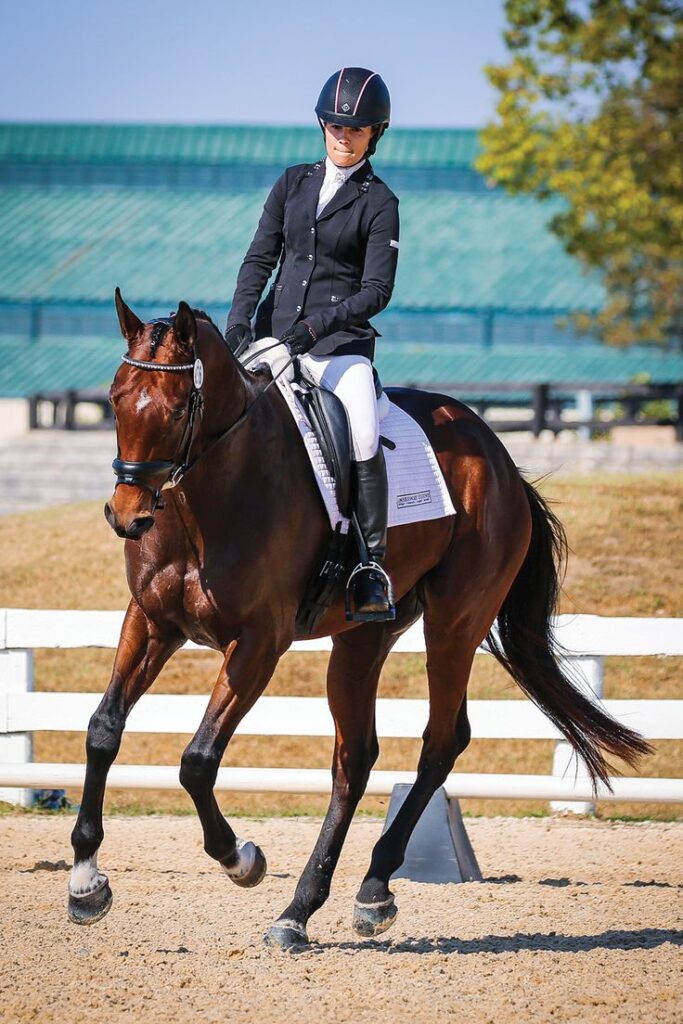
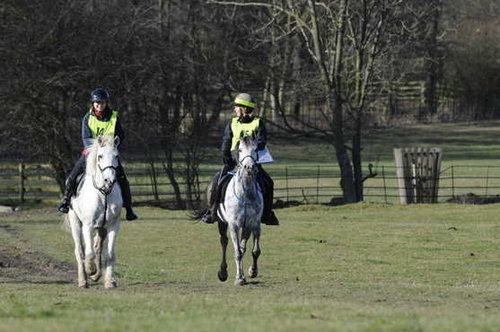
Conclusion: Train Like a Pro, Ride With Heart
Training a horse isn’t about dominance—it’s about communication, relationship, and understanding. Professional trainers don’t succeed because they’re harsh or demanding. They succeed because they listen, adapt, and make learning enjoyable for the horse.
By applying these techniques—groundwork, clear cues, patience, timing, and empathy—you can build a partnership based on trust and joy. Whether you’re a weekend rider or an aspiring competitor, the reward is the same: a smarter, happier, and more connected horse.
So saddle up, stay humble, and always train like a pro.

